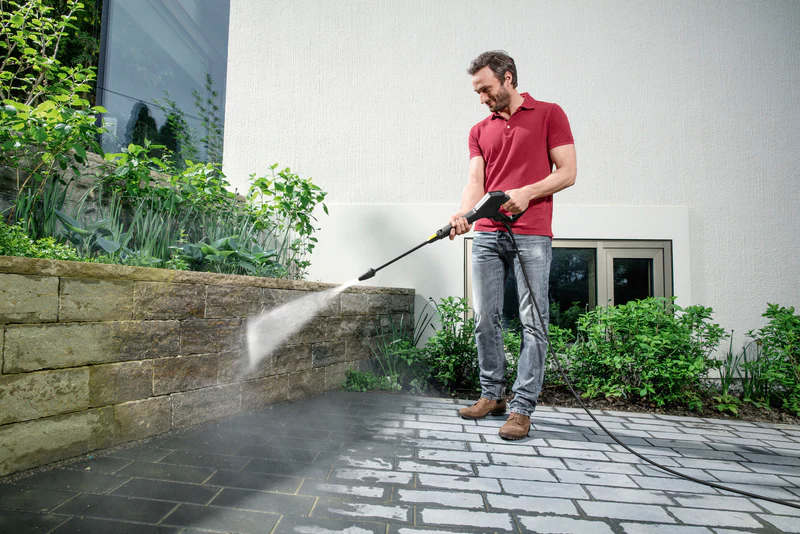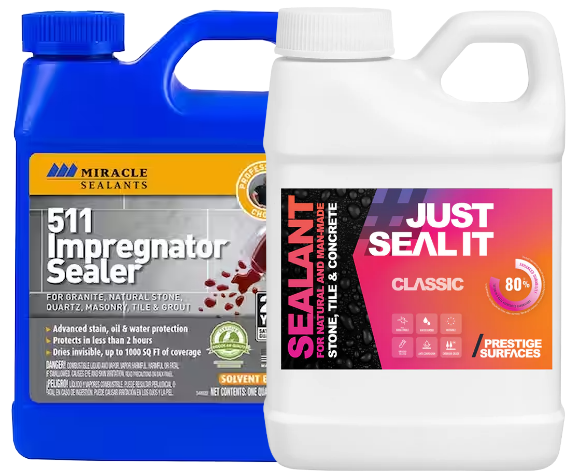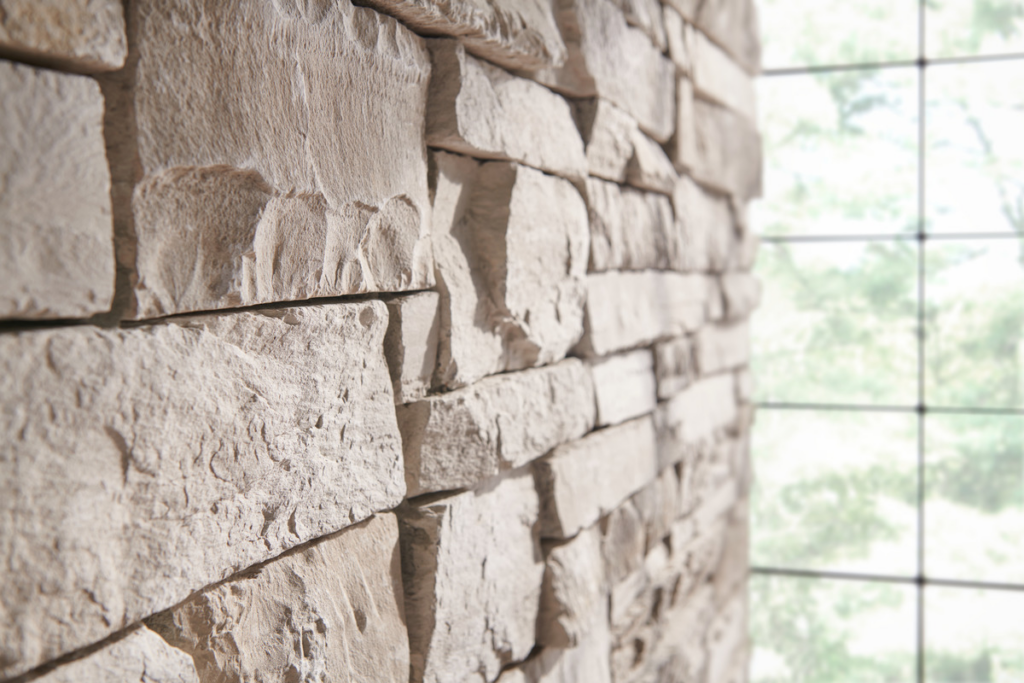Stone cladding adds timeless appeal and natural texture to any space, whether it’s used for exterior facades, internal feature walls, or outdoor retaining walls. But like any surface exposed to the elements, stone cladding can get dirty over time. Moss, grime, mould, and general dust build-up can dull the surface and affect its overall appearance.
So, how do you clean stone cladding without damaging it? In this guide, we’ll cover the best ways to keep your stone walls looking sharp, how to maintain natural stone cladding, whether pressure washing is safe, and when sealing is recommended. If you’ve been wondering how to clean dirty stone walls or how to clean a stone facade, you’ll find everything you need to know below.
Understanding the Surface: Natural vs Manufactured Stone
Before diving into cleaning methods, it’s important to know what type of cladding you’re dealing with. Natural stone cladding is made from real stone such as sandstone, slate, granite, or limestone. Manufactured stone, on the other hand, is made from concrete and coloured to mimic the look of real stone. You can read more about the differences here
While many cleaning techniques work for both, natural stone tends to be more porous and may require a gentler approach and more regular maintenance. If you’re unsure, check with your supplier or installer before using any chemicals or high-pressure tools.
How Do You Clean Stone Cladding?
The safest way to clean stone cladding is by using a soft-bristle brush, warm water, and a mild detergent. This approach works well for general grime and light stains. Here’s a simple step-by-step guide:
- Remove surface dust and debris
Use a dry brush or broom to sweep off any loose dirt, cobwebs, or leaves. - Apply a mild cleaning solution
Mix warm water with a gentle pH-neutral detergent. Avoid anything too acidic or too alkaline, as these can damage the stone. - Scrub gently
Use a soft brush or sponge to work the solution into the surface. Focus on one section at a time, especially for heavily soiled areas. - Rinse with clean water
Use a garden hose or a bucket of clean water to rinse the area thoroughly. Make sure no detergent residue is left behind, as this can leave marks once dry. - Let it dry naturally
Avoid direct heat or abrasive drying tools. Natural drying in the sun is ideal.
This method is suitable for most types of stone cladding and helps remove everyday build-up from pollution, dirt, and moisture.

How Do You Clean Dirty Stone Walls?
If your stone cladding is particularly stained or has developed mould or mildew, you might need a deeper clean. For cleaning dirty stone walls, try the following:
- White vinegar and water mix
For mildew or moss, mix equal parts white vinegar and water in a spray bottle. Apply to the affected area and let it sit for 15 minutes before scrubbing and rinsing. - Stone-safe cleaning products
There are purpose-made stone cleaners available that are safe for use on both natural and manufactured stone. These are often your best bet for stubborn stains or discolouration. - Oxygen bleach (not chlorine bleach)
For particularly grimy surfaces, oxygen bleach can be effective without the harshness of chlorine. Always test on a small area first.
Avoid using acidic cleaners like lemon juice or standard vinegar on limestone or marble, as these can etch and damage the surface.
How to Clean Exterior Wall Cladding
Exterior stone cladding faces the harshest conditions. Wind, rain, pollution, and organic matter like moss or bird droppings can all take their toll. When people ask how to clean exterior wall cladding, they’re usually talking about dealing with this sort of build-up.
The best approach is to start with the gentle method mentioned above. For outdoor areas, a hose with a spray nozzle works well to rinse larger surfaces. Be careful with pressure washers, especially on older or fragile cladding. Too much force can loosen the mortar or damage the stone face.
If the cladding is high up or difficult to reach, consider hiring a professional cleaner, especially if it requires ladders or scaffolding.
Can I Pressure Wash a Stone Wall?
This is a common question, and the answer depends on the type and condition of your cladding. In general, you can pressure wash a stone wall, but only with care.
- Use a low to medium pressure setting
- Stand at a distance of at least one metre
- Avoid directing the spray at mortar joints or edges
- Do a small test patch first
Older stone cladding or installations with loose grout should not be pressure washed, as the water can force its way behind the stone and weaken the structure.
If you’re ever unsure, use a garden hose and brush instead.

How Do You Maintain Natural Stone Cladding?
Natural stone is durable, but it does need regular maintenance to keep it looking good over the years. Here are a few simple tips:
- Brush down the surface every few months to remove dirt and prevent moss growth
- Wash gently once or twice a year with warm water and mild soap
- Check for cracks in mortar joints or areas where water may be getting in
- Reapply sealant if needed, especially for more porous stones like sandstone or limestone
When people ask how do you maintain natural stone cladding, it really comes down to gentle, consistent care and keeping the surface free of grime and water intrusion.
What Are the Problems with Stone Cladding?
While stone cladding is low maintenance, there are a few potential issues to be aware of:
- Water penetration: If the cladding is not sealed or installed properly, water can seep in behind the stone and cause long-term damage
- Discolouration: Pollution, rust stains, or organic growth can affect the appearance over time
- Loose stones or cracked mortar: These should be repaired promptly to prevent further problems
- Efflorescence: A white powdery residue can appear when moisture draws salts to the surface of the stone
Most of these issues can be avoided with proper installation and regular upkeep. Still, it’s helpful to know what the problems with stone cladding are so you can catch them early.
Should You Seal Stone Cladding?
In most cases, yes, you should seal stone cladding. A breathable, water-repellent sealant helps protect the surface from staining, moisture, and frost damage. It also makes cleaning easier, as dirt and water are less likely to soak into the stone.
Sealing is particularly important for natural stone, especially porous types like sandstone. Some manufactured stone products also benefit from sealing, depending on their composition and where they are installed.
Most sealants need to be reapplied every few years, depending on the type and how exposed the surface is. Always use a product that is suitable for stone, and test on a small area before applying to the whole surface.

Final tips and tricks
Cleaning and maintaining stone cladding does not need to be difficult. The key is to clean gently, use the right products, and stay on top of any minor issues before they become major repairs.
If you’ve ever asked how do you clean stone cladding, how do you clean dirty stone walls, or whether you can pressure wash a stone wall, the answer lies in using a soft touch and keeping an eye on the surface over time. For external walls, regular rinsing and the occasional deep clean will keep your stone facade looking its best.
And if you’re considering sealing your cladding, it is often a smart investment that helps protect your home for the long run.
